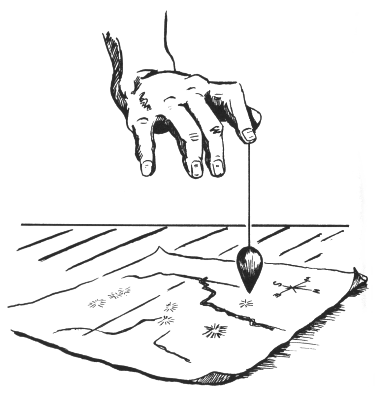What is Dowse?
Synopsis
We believe that complex and hidden network connections make people unaware of how their privacy is violated and how their data is communicated to third parties. We see Dowse primarily as an educational tool to share an insight into what is going on in a private network. We call this local area network (LAN) awareness: who is talking to whom or what, where and when? Any audience witnessing an operating Dowse installation is hit by a “wow!” effect and this awe serves to raise their awareness about the privacy implications of joining a network with a private device.
Dowse is an application to filter all DNS queries in a Local Area Network (LAN) and make them visible in a beautiful looking live data visualization. It groups queries to show when we connect to .com or any other top-level domain (TLD) and is capable of distinguishing global cloud servers among them. Dowse can help analyze the traffic of any device connected to its LAN: mobile phones, laptops and “Internet of Things” (IoT) objects, without requiring technical knowledge of protocols: it is useful to demonstrate how many connections are opened on our behalf, without us even knowing, every time we connect to a network.
In short, it is a device that is designed to do a few things very well:
- Opacize your network; External services will not be able to capture your metadata and/or your data through Domain Name System Translation.
- Makes you aware of your traffic and all activities of your users without spying on them. It is a bit like sharing the same room.
- Allows you to swich off devices’ and machines’ network connection in case they wish to “call home” because they have been infected by malware, or they have been ill conceived to serve commercial spyware purpose.
And we added to the mix:
- Open Sound Control
- MQTT
- NETDATA
- Websockets and all the good stuff to play with it.
- Hardware Hacking with ESP8266 and Arduino
- Programmable with NODERED
Idea: Responsible Networking
Running a network in the age of the Internet of Things means hosting the connectivity of multiple devices owned by a diversity of subjects. Often such devices have full access to private, common and public information about humans operating them. Furthermore, devices can talk to each other without humans even asking and such interactions
are not even manifest. This situation raises issues that are not just technical, but socio-political, about the way connections happen without human consent, within local networks and towards the outside, to and from the Internet.
In such a scenario it becomes of crucial importance for home users and professionals to have a clear overview of what goes in and out of the network they are running: be it the LAN space they are offering to guests at home or the office network they are sharing with co-workers.
Concept
Dowse is not only a functional tool, but a symbolic operation proposing a different linguistic approach to networking. In conceptualizing and documenting Dowse all references to military traits are removed: there is no use of “defense”, “shield”, “guardian” or “firewall” words.
The way privacy awareness (rather than protection) is presented to its users is not envisioned as a violent process, but as a responsible, natural act in search of harmony among the things connecting the inside with the outside of one’s private, common and public aspects of life.
Credits
The Dowse network visualization shown in the exibition is designed and developed by Denis “Jaromil” Roio, who published it along with the Dowse Whitepaper in 2013. Soon Jaromil was joined by Rob van Kranenburg who has woven the Dowse narrative to a wider perspective on the Internet of Things, and by Federico Bonelli who ran workshops in various schools using Dowse.
The project has been funded by SIDN Fonds and received the ISOC NL Prize 2016.
The Dowse software includes code contributions by Luca Greco, Ivan Jelinčić, Andrea Scarpino, Nicola Rossi and Danilo Spinella, and is based on the DNSCrypt Proxy v2 framework by Frank Denis. Jaromil is still the current maintainer and accepts contributions via Dyne.org.


